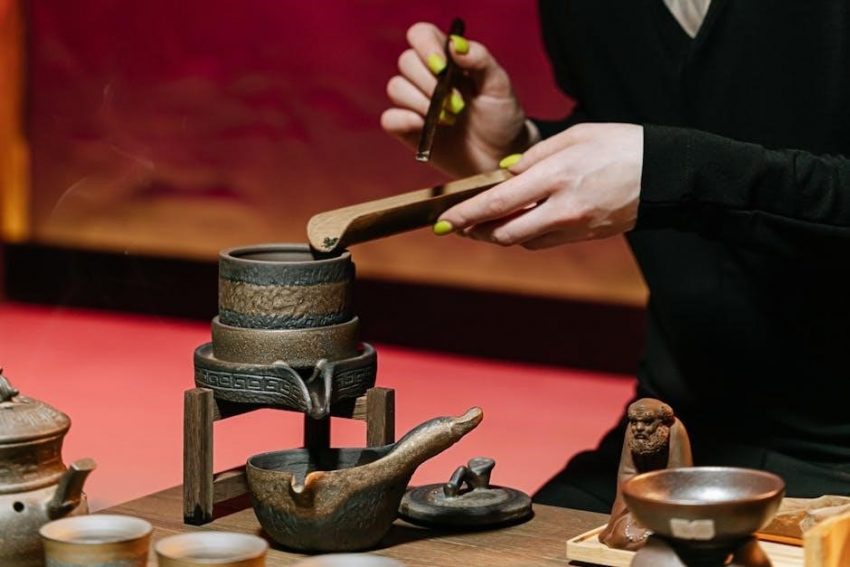Singer Tradition 2277 Manual: A Comprehensive Guide
This guide provides detailed instructions for the Singer Tradition 2277, empowering users to maximize its features and tackle diverse sewing projects effectively.
The Singer Tradition 2277 is a popular sewing machine renowned for its reliability and ease of use, making it ideal for both beginners and experienced sewists. This machine boasts a range of features designed to simplify various sewing tasks, from basic alterations to more complex garment construction and home décor projects.
Understanding your machine’s capabilities is crucial, and that’s where the Singer Tradition 2277 manual becomes invaluable. It serves as a comprehensive resource, detailing everything from initial setup and threading to advanced techniques and troubleshooting. The manual unlocks the full potential of your machine, ensuring optimal performance and longevity. It’s a gateway to creative expression and successful sewing endeavors.
Importance of the Manual
The Singer Tradition 2277 manual is absolutely essential for maximizing your sewing experience. It’s the definitive guide to operating your machine correctly, ensuring optimal stitch quality and preventing potential damage. Ignoring the manual can lead to frustration, incorrect settings, and even machine malfunction.
This resource empowers you to confidently explore all the features of your Singer, from selecting appropriate stitches to troubleshooting common issues like thread breakage or needle problems. Accessing the manual – often available as a free PDF download – provides accurate, machine-specific information, far exceeding general sewing advice. It’s your key to unlocking the full creative potential of the Tradition 2277.

Understanding Your Sewing Machine
This section details the Singer Tradition 2277’s capabilities, components, and functionality, ensuring users grasp its operation for successful sewing endeavors.
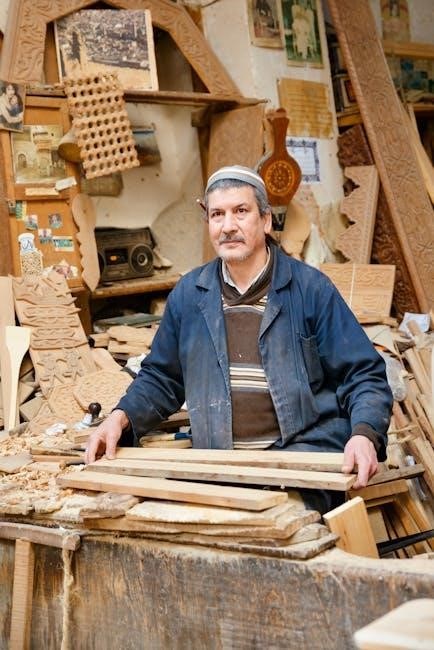
Key Features of the Singer Tradition 2277
The Singer Tradition 2277 boasts 19 built-in stitches, offering versatility for various projects – from basic seams to decorative embellishments. Its user-friendly design makes it ideal for beginners, while experienced sewers will appreciate its reliability. A standout feature is the adjustable stitch length and width, providing customization for different fabrics and techniques.
The machine’s free arm functionality simplifies sewing cuffs, collars, and sleeves. Constructed with a heavy-duty metal frame, the 2277 ensures durability and consistent performance. It also includes a drop-in bobbin system for easy setup and monitoring. Overall, the Singer Tradition 2277 delivers a blend of convenience, power, and affordability, making it a popular choice for home sewing enthusiasts.
Components and Parts Identification
Key components of the Singer Tradition 2277 include the power switch, handwheel, stitch selector dial, and bobbin winder. The presser foot lever adjusts pressure for varying fabric thicknesses. Familiarize yourself with the needle clamp screw, ensuring secure needle placement. The tension dial controls thread tension, crucial for balanced stitches.
Locate the drop-in bobbin case and cover, understanding its role in forming stitches. The feed dogs move fabric under the needle, while the reverse lever enables backstitching. Identifying these parts, as detailed in the manual, is essential for proper operation and maintenance. Knowing each component’s function streamlines setup and troubleshooting, maximizing your sewing experience.
Free Arm Functionality
The Singer Tradition 2277 features a convenient free arm, activated by removing the extension table. This allows for sewing cuffs, collars, sleeves, and other cylindrical items with ease. The reduced workspace provides greater maneuverability, enabling precise stitching around curves and tight spaces.
Consult your manual for detailed instructions on safely converting between the flatbed and free arm configurations. Utilizing the free arm significantly expands the machine’s versatility, making it ideal for garment construction and alterations. Mastering this feature unlocks a wider range of sewing possibilities, enhancing project outcomes and overall sewing enjoyment.
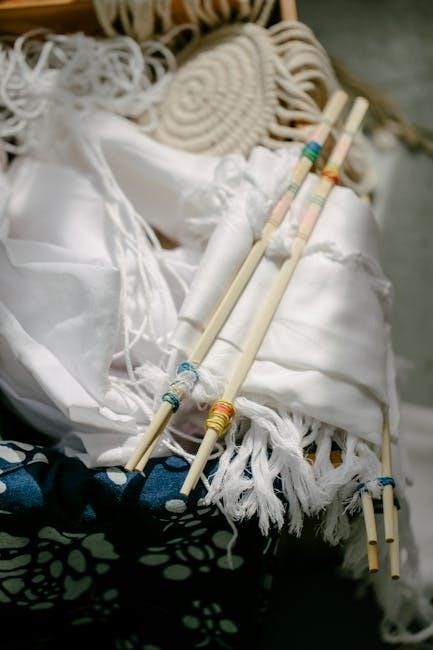
Setting Up Your Machine
Proper setup is crucial for optimal performance; this section details threading, bobbin winding, and presser foot attachment for your Singer 2277.
Threading the Machine
Correct threading is fundamental to successful sewing with your Singer Tradition 2277. Begin by ensuring the machine is turned off. Raise the presser foot, as this opens the tension discs. Guide the thread from the spool pin, through the first thread guide, and then down and around the tension disc.
Next, continue threading through the take-up lever, ensuring the thread is securely seated. Proceed down to the needle clamp, and finally, thread the needle from front to back. A properly threaded machine prevents skipped stitches and ensures smooth fabric feeding. Refer to the diagrams in your manual for a visual guide, as variations may exist. Always double-check your threading before starting a new project!
Winding the Bobbin
Proper bobbin winding is crucial for consistent stitch quality on your Singer Tradition 2277. Place the spool of thread on the spool pin and guide the thread through the designated bobbin winding tension disc. Then, thread the end of the thread through a hole in the bobbin, ensuring it’s securely held.
Place the bobbin onto the bobbin winder spindle and gently push it to the right to engage. Press the foot pedal to begin winding; the machine will automatically stop when full. Remove the bobbin and trim the thread. Always use the correct type of bobbin specified in your manual to avoid machine damage and ensure optimal performance.
Attaching the Presser Foot
Securing the correct presser foot is essential for various sewing techniques with your Singer Tradition 2277. Begin by ensuring the presser foot lever is in the ‘up’ position. Locate the presser foot holder and gently lift the existing foot by pressing the release button located at the back.
Align the new presser foot with the presser foot holder, sliding it down until it clicks securely into place. Lower the presser foot lever to confirm it’s firmly attached. Different feet are designed for specific tasks, like zippers or buttonholes, so consult your manual for the appropriate selection.

Basic Sewing Techniques
Mastering fundamental techniques like stitch selection and adjustment unlocks the Singer Tradition 2277’s potential for simple repairs and creative projects alike;
Selecting Stitches
The Singer Tradition 2277 boasts a variety of built-in stitches, catering to diverse sewing needs. Understanding each stitch’s purpose is crucial for achieving optimal results. Straight stitches are ideal for basic seams and topstitching, while zigzag stitches offer flexibility for finishing raw edges and creating decorative elements.

Explore the stitch selection dial, referencing your manual for detailed stitch diagrams and recommended settings. Experiment with different stitch lengths and widths to customize your projects. Decorative stitches add a personal touch to garments and home décor. Remember to choose the appropriate needle type and thread weight for the selected stitch and fabric to prevent issues and ensure durability. Proper stitch selection significantly impacts the final appearance and strength of your sewn items.
Adjusting Stitch Length and Width
Precise control over stitch length and width is fundamental to successful sewing with the Singer Tradition 2277. Stitch length determines the density of stitches per inch, impacting seam strength and fabric puckering. Shorter stitch lengths are suitable for delicate fabrics and curves, while longer lengths are ideal for basting or heavier materials.
The stitch width controls the side-to-side deviation of stitches, particularly relevant for zigzag and decorative stitches. Adjust these settings using the designated dials, always testing on a scrap fabric before sewing your project. Refer to your manual for recommended settings based on fabric type and desired effect. Mastering these adjustments ensures professional-looking results and prevents common sewing errors.
Sewing Straight Stitches
Mastering the straight stitch is the cornerstone of sewing, and the Singer Tradition 2277 makes it accessible. Begin by selecting the straight stitch option on your machine. Ensure your fabric is aligned with the seam guide on the needle plate for consistent results. Maintain a consistent sewing speed, allowing the machine to feed the fabric evenly.
Gently guide the fabric, avoiding pulling or pushing, which can distort the seam. Practice on scrap fabric to develop a feel for the machine’s rhythm. Regularly check your stitch line to ensure it remains straight and even. A properly sewn straight stitch forms the foundation for durable and professional-looking projects.

Advanced Sewing Techniques
Explore creative possibilities with specialized presser feet, zipper installations, and perfectly executed buttonholes using your Singer Tradition 2277 machine.
Using Different Presser Feet
The Singer Tradition 2277’s versatility expands significantly with its range of optional presser feet. Each foot is designed for a specific sewing task, enhancing precision and efficiency. A zipper foot, for example, allows for close-stitch zipper applications, while an overcast foot prevents fabric fraying.
Buttonhole feet ensure consistent and professional-looking buttonholes. Beyond these, consider a gathering foot for creating ruffles, a blind hem foot for invisible hems, and a quilting foot for even stitch distribution. Refer to your manual for compatibility and proper installation. Experimenting with different feet unlocks the full potential of your machine, enabling you to tackle a wider variety of projects with confidence and professional results.
Sewing Zippers
Installing zippers with the Singer Tradition 2277 becomes manageable with the correct technique and the optional zipper foot. Begin by positioning the zipper face down, aligning the zipper teeth with the desired seam line. Select a zipper stitch – typically a slightly offset straight stitch – and adjust the stitch length for secure fastening.
The zipper foot allows you to sew close to the zipper teeth, creating a professional finish. Slowly guide the fabric under the presser foot, ensuring the zipper remains aligned. Practice on scrap fabric first to master the technique. Remember to backstitch at the beginning and end of the zipper application for added durability and a polished look.
Sewing Buttonholes
Creating buttonholes on the Singer Tradition 2277 is simplified with its dedicated buttonhole foot and stitch settings. First, select the appropriate buttonhole stitch on your machine and ensure the buttonhole foot is attached. Mark the precise location for your buttonhole on the fabric, considering the button size.
Follow the markings as you carefully guide the fabric under the presser foot, allowing the machine to automatically stitch the buttonhole shape. Once complete, gently remove the fabric and cut open the buttonhole using the designated cutter on the buttonhole foot or small scissors. Practice on scrap fabric to refine your technique and achieve consistently neat buttonholes.

Troubleshooting Common Issues
Addressing problems like needle issues, thread breakage, or machine jamming is crucial for smooth sewing; this section offers solutions for common Singer 2277 challenges.
Needle Problems
Encountering needle issues with your Singer Tradition 2277 is common, but often easily resolved. First, ensure the correct needle type is installed for your fabric – universal, ballpoint, or stretch needles each serve specific purposes. Second, verify the needle is fully inserted and securely tightened. A loose needle can cause skipped stitches or breakage.
If the needle continuously breaks, reduce your sewing speed and double-check for bent or damaged needles. Always replace a bent or dull needle immediately. Furthermore, incorrect threading can strain the needle; re-thread the machine following the manual’s instructions carefully. Finally, using the wrong size needle for the fabric weight can also lead to problems; consult the manual for recommended needle sizes.
Thread Breakage
Frequent thread breakage on your Singer Tradition 2277 can be frustrating, but several factors can contribute to this issue. First, ensure you’re using quality thread compatible with your fabric type. Second, re-thread the entire machine, both the upper and lower threads, following the manual’s diagram precisely. Incorrect threading is a primary cause.
Also, check the needle for damage or burrs, as these can cut the thread. Ensure the bobbin is wound evenly and isn’t too full or too loose. Furthermore, adjust the thread tension; too tight or too loose tension can cause breaks. Finally, slow down your sewing speed, especially with delicate fabrics, to prevent excessive strain on the thread.
Machine Jamming
If your Singer Tradition 2277 frequently jams, first, stop sewing immediately and unplug the machine. Do not force anything! Gently remove the fabric and inspect the bobbin area for tangled threads or fabric scraps. Ensure the bobbin case is correctly inserted and clean. Often, lint and debris accumulate, causing jams.
Next, check the needle plate for obstructions. Verify the presser foot is lowered, as this engages the feed dogs. Incorrect fabric layering or attempting to sew over thick seams can also cause jamming. Finally, consult the manual for proper fabric handling techniques and cleaning procedures to prevent future occurrences.
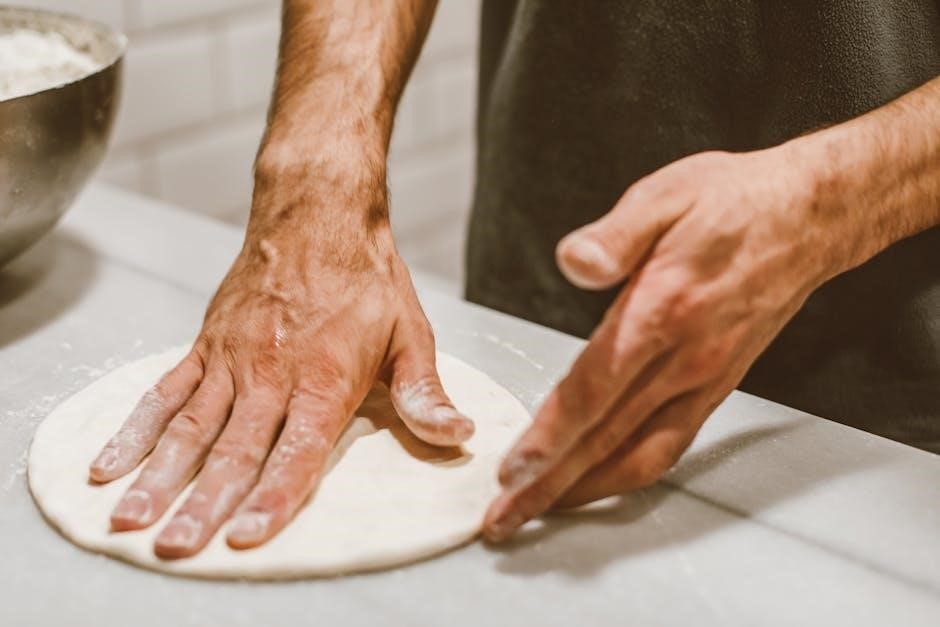
Maintenance and Care
Regular cleaning and oiling, as detailed in the manual, ensure optimal performance and longevity of your Singer Tradition 2277 sewing machine.
Cleaning the Machine
Maintaining a clean sewing machine is crucial for smooth operation and preventing malfunctions. Always unplug the Singer Tradition 2277 before cleaning. Use a soft brush or cloth to remove lint and dust from the bobbin area, feed dogs, and surrounding components. A small vacuum cleaner attachment can also be helpful for reaching tight spaces.
Avoid using liquid cleaners directly on the machine; instead, dampen a cloth and gently wipe surfaces. Pay attention to the needle plate, ensuring it’s free of debris. Regularly cleaning prevents thread buildup and ensures accurate stitching. Consult your manual for specific cleaning recommendations and diagrams to ensure proper care of your Singer Tradition 2277.
Oiling the Machine
Proper lubrication ensures the Singer Tradition 2277 operates smoothly and extends its lifespan. Refer to your manual for specific oiling points, typically including the bobbin case, hook assembly, and motor. Use only sewing machine oil – never use oil with detergents or additives.
Apply oil sparingly, using an oiler or a small brush to target key areas. Avoid over-oiling, as excess oil can attract dust and create a sticky residue. After oiling, run the machine briefly to distribute the oil evenly; Regular oiling, as recommended in the manual, prevents friction and wear, maintaining optimal performance of your sewing machine.
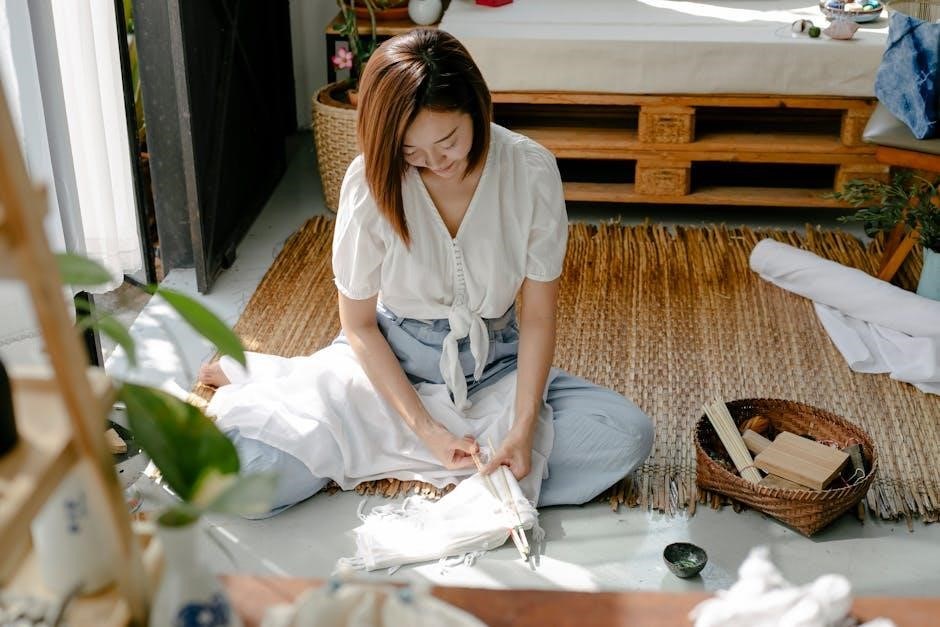
Resources and Support
Access the Singer Tradition 2277 manual online as a PDF, alongside FAQs and community forums for assistance with any sewing challenges.
Downloading the Manual (PDF)
Obtaining a digital copy of the Singer Tradition 2277 manual in PDF format is remarkably straightforward. Several websites offer free downloads, ensuring you have immediate access to comprehensive instructions. Singer’s official website is a primary source, providing the most up-to-date version. Alternatively, manualslib.com and other similar platforms host the document for convenient access.
The PDF version allows for easy searching, printing specific sections, or viewing it on various devices – computers, tablets, or smartphones. Downloading the manual eliminates the need to physically store a paper copy, making it an environmentally friendly and accessible option. Ensure the downloaded file is from a reputable source to avoid any corrupted or outdated versions. A quick search for “Singer 2277 Tradition manual PDF” will yield numerous results.
Frequently Asked Questions (FAQ)
Many users encounter similar questions when operating the Singer Tradition 2277. Common inquiries revolve around threading issues, bobbin winding difficulties, and stitch selection. Troubleshooting needle breakage and resolving thread tension problems are also frequently addressed. Online forums and dedicated Singer support pages provide answers to these recurring concerns.
Specifically, questions often arise regarding the free arm functionality and proper presser foot attachment. Users also seek clarification on interpreting stitch patterns and adjusting stitch length/width. Consulting the FAQ section within the official Singer website or community forums can quickly resolve these issues, saving time and frustration. Remember to specify your machine model (2277) when searching for solutions.
